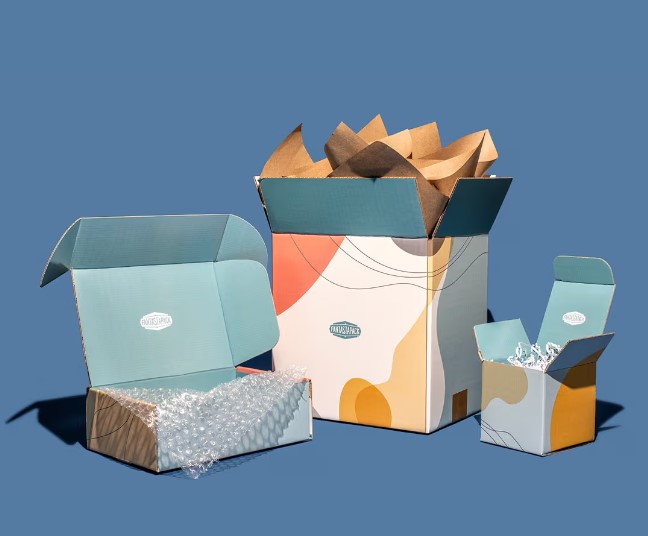5 Lies Delhi Escortss Tell
Noida Extension has now turn out to be the hub of India’s luxury real property sector with large variety of

Effective packaging design plays a pivotal role in capturing consumer attention and influencing purchasing decisions. The art of product presentation extends beyond mere functionality to embody creativity, brand identity, and consumer engagement. In this comprehensive guide, we delve into the nuances of packaging design, offering valuable insights and practical tips to enhance the visual appeal and marketability of your products.
Product packaging serves as the first point of contact between consumers and your brand. It communicates essential information about the product while conveying the brand’s identity and values. Here’s why packaging design is crucial:
Exceptional packaging design distinguishes your brand from competitors, fostering brand recognition and recall. A unique and memorable packaging design sets your products apart on crowded shelves, attracting consumers’ attention and encouraging purchase.
Packaging design influences consumers’ perception of product quality and value. A well-designed package enhances the overall consumer experience, instilling confidence in the product and brand. Positive perceptions can lead to repeat purchases and brand loyalty.
Packaging serves as a powerful marketing tool, effectively communicating brand messaging and product benefits. Engaging packaging designs capture consumers’ interest and prompt them to learn more about the product, driving sales and market visibility.
Beyond aesthetics, packaging design must prioritize product protection and functionality. Durable materials and efficient packaging solutions safeguard the product during transit and storage, ensuring product integrity and customer satisfaction.
Effective packaging design integrates multiple elements seamlessly to establish a cohesive and compelling visual identity. Key considerations include typography and branding for clear communication, color psychology to evoke desired emotions, imagery and graphics for visual appeal, structural design for functionality, sustainable material selection, creative printing techniques, and adherence to legal requirements. By balancing these elements, brands can create packaging that captivates consumers and reinforces brand identity effectively.
Clear and legible typography reinforces brand identity and communicates essential product information. Consistent use of brand fonts, colors, and logos establishes brand recognition and fosters brand loyalty.
Color plays a crucial role in evoking emotions and influencing consumer perceptions. Strategic use of colors in packaging design can convey brand personality, highlight product features, and evoke desired consumer responses.
Compelling imagery and graphics enhance visual appeal and convey product benefits effectively. High-quality photography or illustrations can captivate consumers’ attention and communicate brand values and positioning.
The structural design of packaging impacts both aesthetics and functionality. Consideration should be given to the packaging format, size, and shape to optimize shelf presence, storage efficiency, and consumer convenience.
Choosing sustainable packaging materials aligns with consumer preferences for eco-friendly and socially responsible brands. Explore environmentally friendly options such as recyclable, biodegradable, or compostable materials to reduce environmental impact and enhance brand reputation.
Creative printing techniques and finishes add depth and visual interest to packaging design. Options such as foil stamping, embossing and debossing can elevate packaging aesthetics and create a tactile experience for consumers.
Ensure packaging design complies with relevant legal and regulatory requirements, including labeling, safety warnings, and product information disclosures. Failure to adhere to regulations can lead to costly fines and damage to brand reputation.
Gather feedback from target consumers through focus groups or surveys to assess the effectiveness of packaging design. Incorporating consumer preferences and feedback ensures that packaging resonates with the target audience and drives purchase intent.
In conclusion, mastering the art of product presentation through effective packaging design is essential for brand success in today’s competitive marketplace. By leveraging design principles, consumer insights, and innovative techniques, brands can create packaging that not only enhances product visibility but also fosters meaningful connections with consumers. Elevate your brand’s packaging design to new heights and leave a lasting impression on consumers.
Read more at: sneakbo.co.uk
Noida Extension has now turn out to be the hub of India’s luxury real property sector with large variety of
Uw gemoedsrust en tevredenheid staan bij ons voorop, dus aarzel niet om contact met ons op te nemen in geval